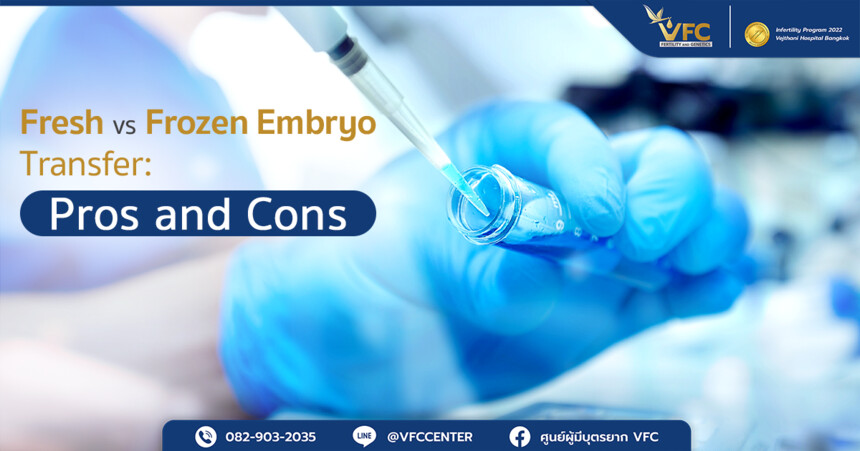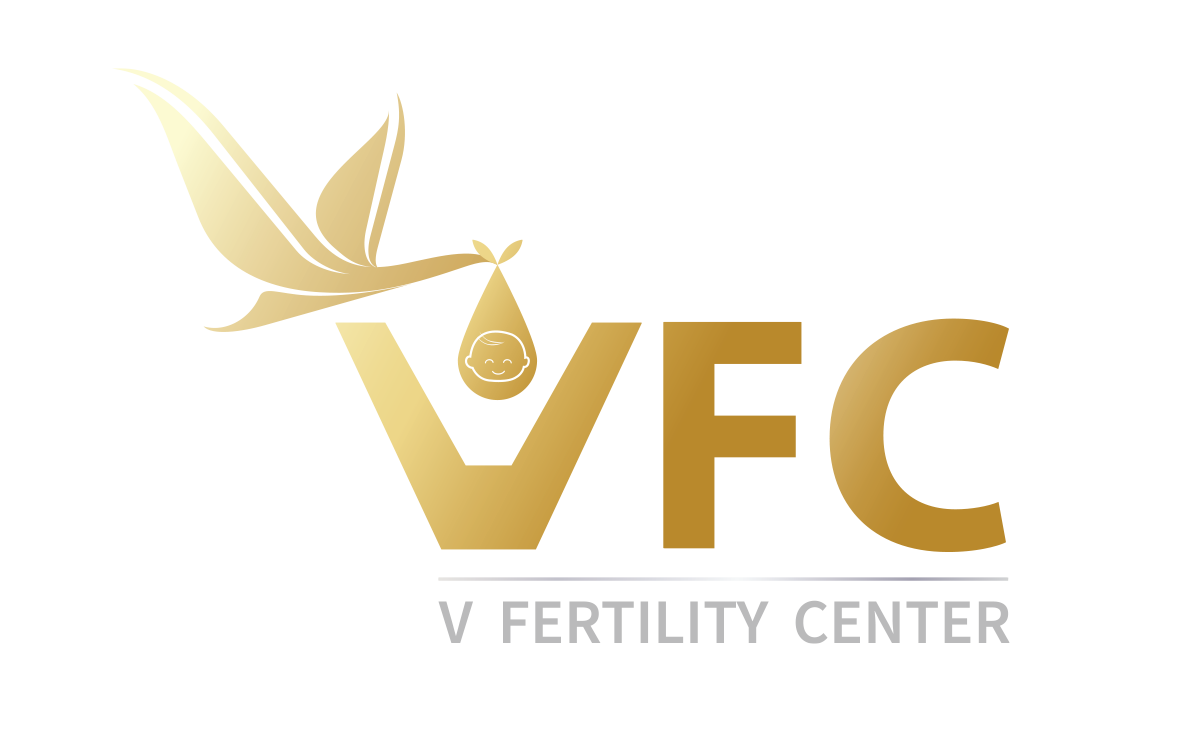
Embryo transfer is a key step in the in vitro fertilization (IVF) process, where a fertilized embryo is placed into the uterus to initiate pregnancy. The success of the procedure depends on the timing of the transfer, regardless of whether the sample is fresh or frozen.
V Fertility Center offers patients both options, plus expert consultations on the clinic’s egg-freezing program.
Let’s find out how fresh and frozen embryo transfers work:
Fresh Embryo Transfer Process
A fresh embryo transfer typically follows immediately after egg retrieval and fertilization. The process begins with ovarian stimulation using fertility drugs, followed by egg retrieval, lab fertilization, and three-to-five-day embryo development monitoring. The fertilized embryo is then transferred into the uterus, and a pregnancy test is conducted approximately 10-14 days later.
Pros and Cons of Fresh Embryo Transfer
The fresh embryo transfer process has a quicker timeline from stimulation to transfer. Since cryopreservation and thawing aren’t needed, it’s best for patients with receptive endometrial lining and balanced hormones. However, the uterus can be affected by heightened hormone levels during stimulation, resulting in ovarian hyperstimulation syndrome for some. There’s also less flexibility in the transfer timing since a process timeline must be followed.
Frozen Embryo Transfer Process
Frozen embryo transfer involves cryopreserving fertilized embryos for later transfer. This allows the uterus to recover from stimulation. For better synchronization with the embryo, the patient undergoes endometrial preparation for the uterine lining (endometrium) to be receptive to the implantation. Embryo thawing and transfer are followed by a pregnancy test within two weeks.
Pros and Cons of Frozen Embryo Transfer
Frozen embryo transfers offer scheduling flexibility, better uterine conditions, and potentially higher success rates for some patients. This is the preferred procedure when patients are using donor eggs or preimplantation testing is performed.
Its flexibility often means a longer timeline is needed. It’s important to note that embryo freezing and thawing may come with extra costs, and some embryos may not survive the thawing process.
Fresh or Frozen Embryo Transfer: Which is Right for You?
Factors influencing the decision of fresh versus frozen embryo transfer include patient age, hormone levels, uterine health, embryo quality and count, as well as any preexisting medical conditions that could affect the procedure. Deciding on the timing of your embryo transfer should involve preimplantation genetic testing considerations and your doctor’s advice; immediate transfer might be best for some patients, while delayed transfer would suit others.

Choose V Fertility Center for Your Embryo Transfer
Weighing the pros and cons of fresh versus frozen embryo transfers helps you make the most suitable decision on fertility treatment. Consult a fertility specialist to discuss and plan your best treatment option.
V Fertility Center offers over 15 years of experience in advanced fertility care. Our team uses the latest reproductive technologies, including time-lapse embryo monitoring and preimplantation genetic testing, to improve embryo selection and implantation results. A customized fertility program, tailored to your medical history and fertility goals, will be provided by our specialists. Consultations are available; book yours today.

The team of specialists in obstetrics and gynecology and reproductive medicine





No Comments
Sorry, the comment form is closed at this time.